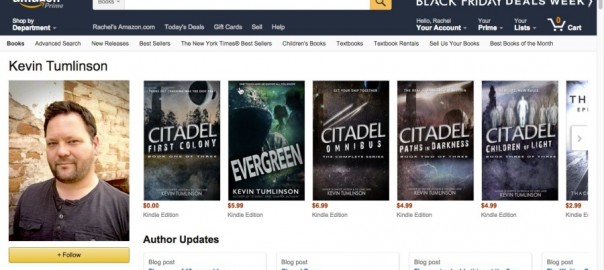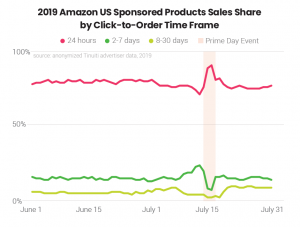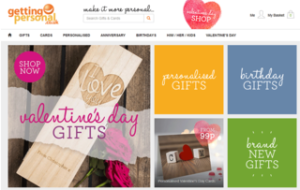
When we think about search engines, we mostly think about Google. And it’s true that Google seems to be the ship of the line for sifting through an ever-deeper ocean of data. But what many businesses don’t realize is that Amazon actually fluctuates among the top three spots of most-used search engines, occasionally topping Google itself.
While Amazon has worked hard to realize its “Everything Store” brand persona, in the public consciousness it’s still considered an online bookstore. That may be cause for some teeth gnashing from Jeff Bezos and team, but for your business it opens up an interesting opportunity: e-books as marketing tools.
Amazon has one of the most highly specialized search algorithms on the planet, and if you tune a book just right, you can see tons of exposure for your business, from highly qualified leads, for a ridiculously low investment compared to SEO for Google.
Here are a few basic steps that will help you capitalize on one of the world’s largest, oddly under-utilized search engines.
Curate and Create
Chances are you have tons of material that can be turned into an e-book right away. Blog posts, white papers, case studies, articles, even emails can all be mined for content. With the right copywriter, you could have a serviceable e-book in just a couple of weeks.
Get to Know Kindle Direct Publishing (KDP)
Kindle Direct Publishing (KDP) is Amazon’s e-book publishing environment. Now that you have your e-book, in a Word document, you can easily upload it to KDP and make it available for sale and download in just a few minutes. Think about that: Your marketing message, now searchable and available from the world’s largest retailer, in minutes, and at no charge.
Remember Those Keywords
Just like Google, Amazon relies on a search algorithm that ferrets out keywords and matches them to search results based on relevancy. Using a tool like MerchantWords.com, you can research keywords to see how much search volume they get.
PRO TIP: You want to find keywords that have a huge search volume, but low search results on Amazon’s Kindle store. For example, “SQL” has 665,000 searches, and gets 1,224 results on Amazon. Not bad. However, “SQL Server 2012” gets 157,500 searches but only 142 search results—meaning less competition for a search term that still gets a relatively high volume of traffic. The odds of being found by your target market go up, for the cost of a few minutes of research.
Optimize Your Description
Amazon is constantly changing how it displays book descriptions, but there are some rules of thumb that will help get you noticed. Get a good Copywriter and have him or her work up a description that uses an attention-grabbing headline of 140 characters or less, summarizes the book’s contents in a paragraph or two at most, includes some sort of “social proof” (such as a blurb or testimonial from an advanced reader), and presents a clear call to action (CTA) to buy the book.
Get a Professional Cover
Your book description could be perfect, but if your cover looks like it was designed by a fourth grader you’ll never see any downloads. Use services such as ReadyCovers.com or 99designs.com to get a pre-made or custom-designed cover from a professional who actually knows the business.
And remember, “pretty” isn’t always the goal. There are rules for a truly optimized cover, including the readability of the title at thumbnail size, and the ability of the imagery to evoke an emotional response in the reader. Not as easy as it sounds, and well worth paying someone to produce!
These are basic tips, but they’re a very good start for using an e-book as part of your marketing strategy. Getting attention from a highly qualified audience is a lot simpler when that audience comes looking for you. And the best way to make that happen is to create an e-book that answers a pressing question or solves a tough problem for the reader.
And, of course, you’ll want to include a call to action (CTA) in your book that directs the reader back to you for more. The best approach is to point them to an opt-in for your mailing list, which gives you more opportunities to follow up with them in the future. The upside is that anyone coming to you from an e-book is going to be a highly qualified lead, and a fan to boot. And that alone is worth giving e-books a try.
Digital & Social Articles on Business 2 Community(79)





